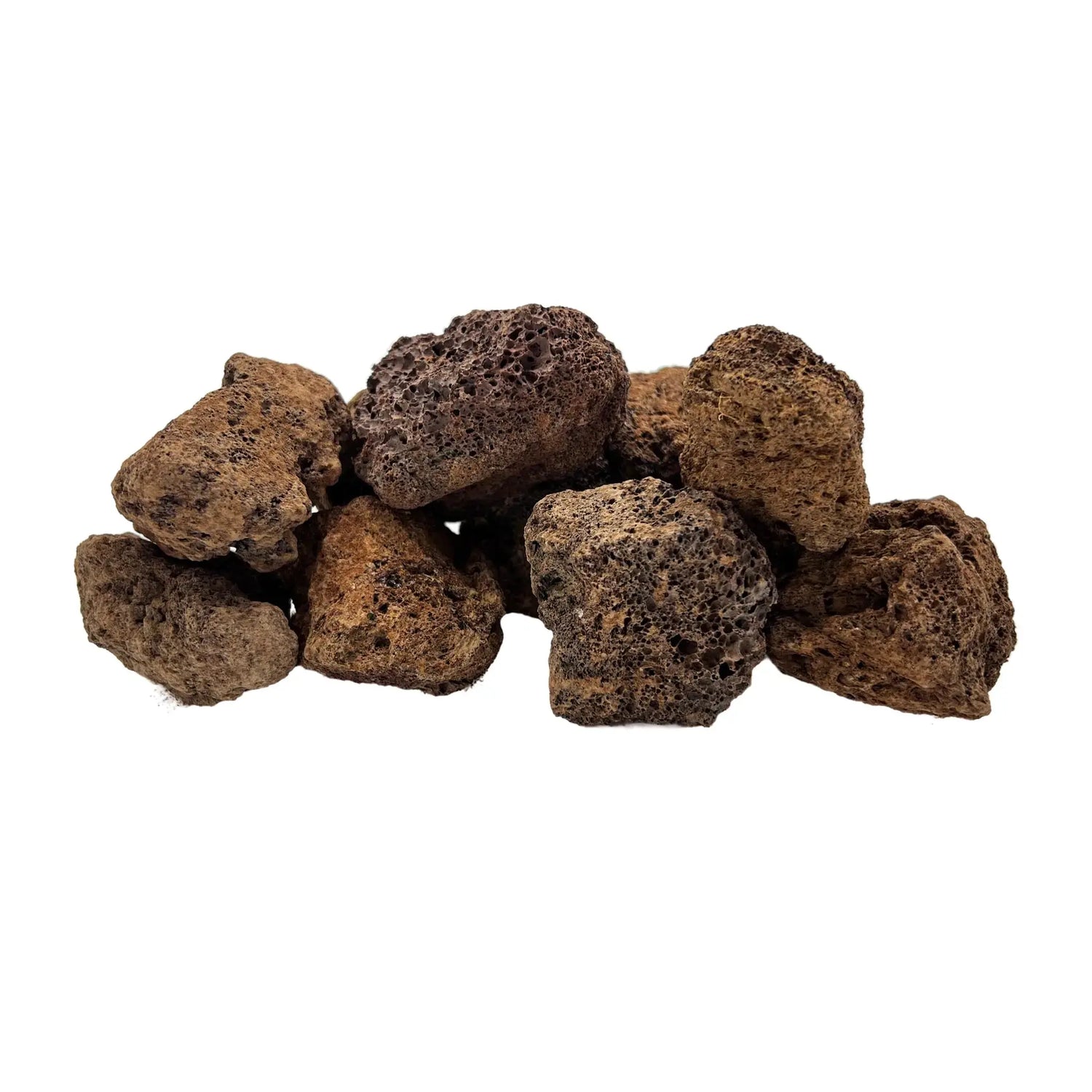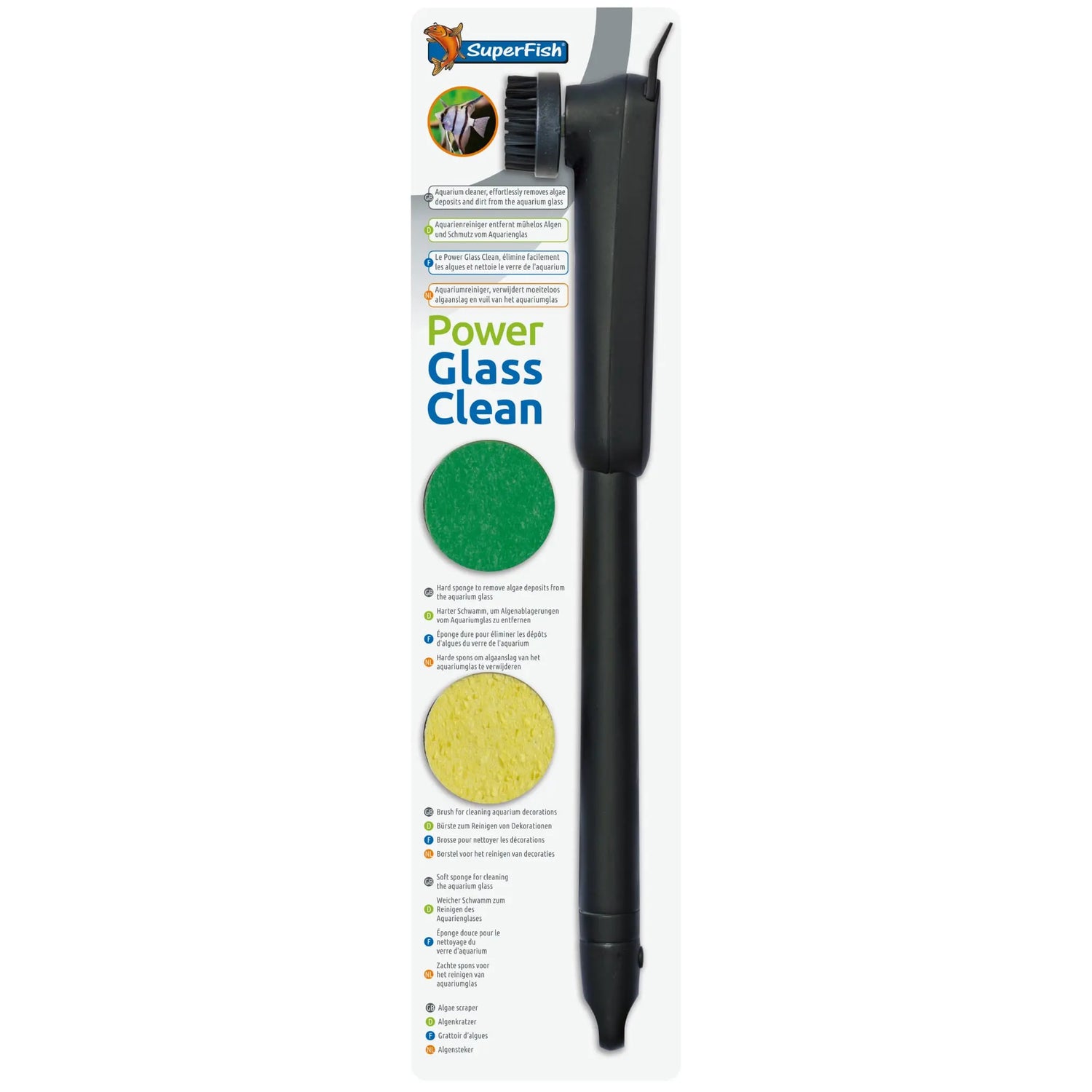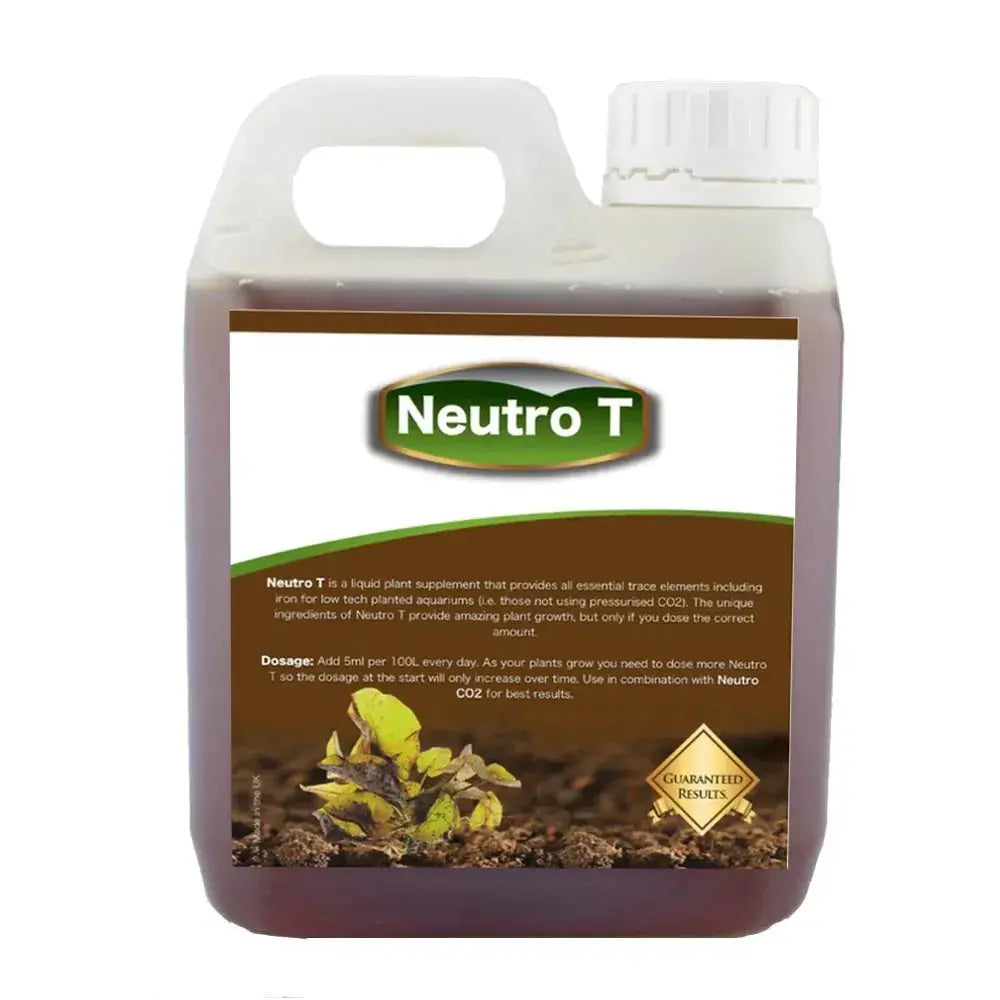I suspect in many cases it does.
The market is definitely light obsessed and that is a guarantee. Whilst I would agree the more light you have the potential for better growth exists, you have to balance that off with everything else going on in your tank at the moment.
Let’s look into powerful lighting now and what might be causing you issues. LEDs are pummelling the market and rightly so - they are very effective, cheap to run and pack a punch in terms of lighting, but the BIG question is how much light does your tank need and when you pummel your tank with light, are you increasing everything else like fertilisers, CO2, water changes, water circulation etc? I know when I first started using more powerful lighting, I didn’t make this correlation and very quickly ran into troubles, and I’m keen for you to avoid the mistakes I initially made.
Before I go into this a little more, let’s take a trip down memory lane. In the days before modern lighting, hobbyists would illuminate their tanks with T12 lights - that sounds funny just writing it! T12s were clunky, chunky and not particularly effective and were soon superseded by T8s which are still sold in the market today. When Takashi Amano (google his name if you don’t know who he is) was creating wonderful aquascapes in the late 80s and early 90s he used huge amounts of T8s over his tanks and I remember reading (being slightly astonished) that he was using 12 x T8s over a 200cm tank. I just couldn’t believe it. I was running 2 x T8s over my 120cm tank... But it probably won’t surprise you that back then, algae issues weren’t really there. Sure people got algae but it wasn’t anything like it is now. Saying that, I can bet you anything you have some sort of algae battle going on in your tank, whether it be hair algae, brush algae, brown algae - the list is endless. But I also suspect you may have quite a lot of light in your tank; you may have even introduced LED lighting hoping that was the answer to some of your aquascaping prayers in terms of plant growth. So the question begs - why weren’t hobbyists getting the algae issues back in the day that they are today? The simple answer is most probably down to lighting.
T8 lights are not particularly powerful and this is why to get real success, you had to use quite a few (in Takashi Amanos tank, 12). Today, the majority of hobbyists use T5s which are more powerful and as a result you need less of them. Juwel tanks for example use T5 lighting - this is what people want and Juwel have taken note and changed their manufacturing. We all want more light yet most of us struggle to handle it. T8s will struggle to penetrate water and if your tank is any more than 30cm you will be familiar with this. So is more light better? This really depends on what you are trying to achieve.
You only need to do a little browsing online to see lots of wonderful aquariums and some are super dooper - you know the type that really has the X factor. You look at it and think I WANT IT!!! You compare your tank to theirs and one main difference is the amount of light they have to yours. They’re probably using a lot of light, LEDs and T5s - some may even use metal halides. But the difference is, the tanks you see in magazines that impress you, the owners of these tanks aren’t new to the hobby. They have probably had a very rocky road to get to where they are now and they certainly know a lot more about lighting than they did at the beginning. They will have failed many times beforehand. They also know how to create a balancing act and that high lighting means high everything else because you can’t have one without the other.
You’re probably reading this wondering about your tank and if you do have too much light? If you are, you have one of two choices. You either reduce your lighting intensity by elevating the lighting from where it is now, or you crank things up a touch and you start raising your game.
High lighting is the equivalent of putting your foot on the accelerator. In a fast car, you need better than average breaks otherwise the higher the speed you are travelling at, the harder your breaks have to work in order to stop yourself from crashing. In the aquascaping world, you can crash very easily - your tank can quickly become full of algae - this happens fast because you have high lighting (fast car analogy). Slow things down a bit (take your foot off the gas) and you have more chance to react to any changes that you are making and how your plants are reacting to what you are or have done. Remember in this game we want to cruise - we want to arrive without crashing, we want to enjoy the journey, look out the window and appreciate the views. We’re not racing because we’re not in a rush and we know what happens if we go too fast right?!
So my final nugget of the day is this - high lighting is only suited to hobbyists who are experienced. Specifically those who have tried many times and failed and tried again. They got there in the end because they learnt so much and they know the balance is a fine one. They started slowly and so must you. Keep your lighting down to a minimum, make sure the intensity is not too high & that way you won’t be in for any surprises. Any changes that you do make will be slow and steady which is what the plants want anyway.
Richard





